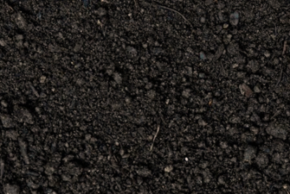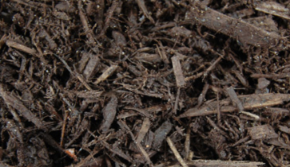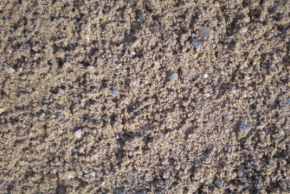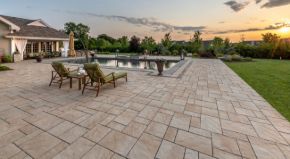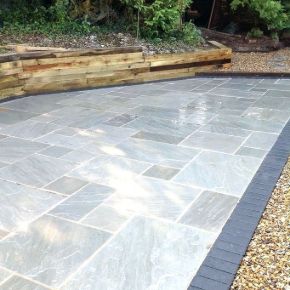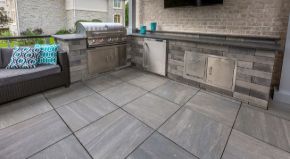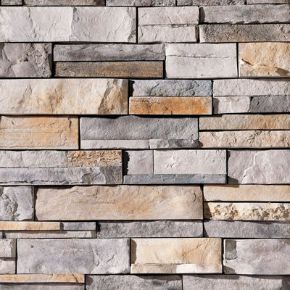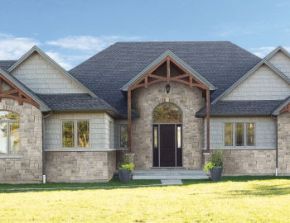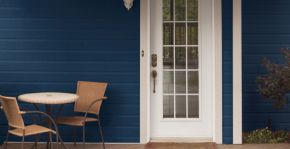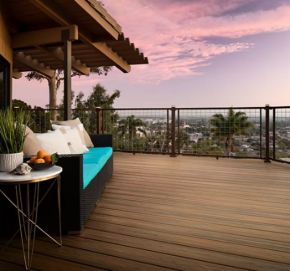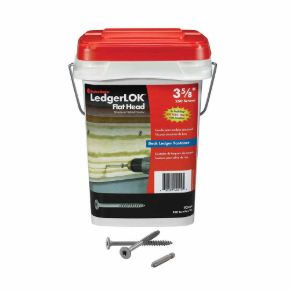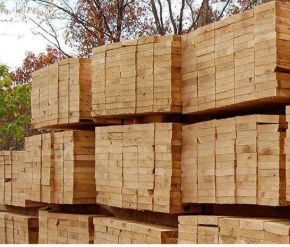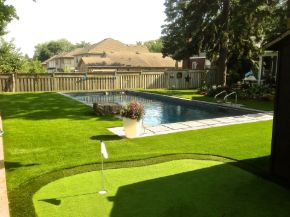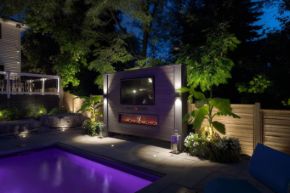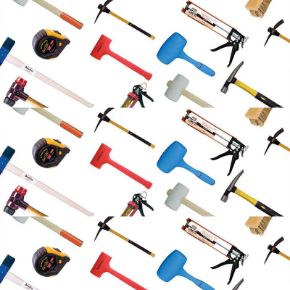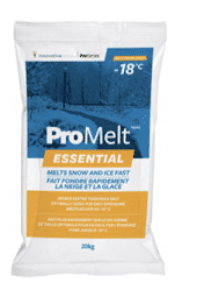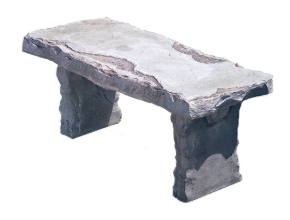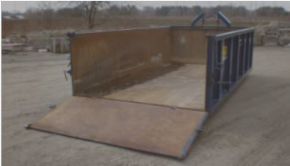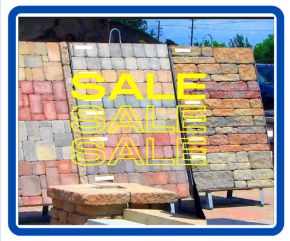
Hardscaping is a vital part of landscaping, adding structure, functionality, and visual appeal to your outdoor space. From patios and walkways to retaining walls and fire pits, hardscaping elements create lasting impressions. However, making the wrong choices or cutting corners during the installation process can lead to costly and frustrating repairs. Below, we’ll cover 10 common hardscaping mistakes and provide tips on how to avoid them to ensure a beautiful, durable outdoor space.
1. Skipping the Planning Stage
Many homeowners dive into hardscaping without a clear plan, leading to mismatched designs and poorly placed features. This lack of planning can result in wasted materials, inefficiencies, and a final result that doesn’t meet expectations.
Solution: Start with a detailed design plan. Consider the purpose of each hardscaping element, its relationship with surrounding plants, and how it fits into your overall landscape. A cohesive design ensures your hardscaping enhances both the beauty and functionality of your space. Consider hiring a contractor to provide design expertise.
2. Choosing Low-Quality Materials
Using inferior materials (or even just materials not suited to the application) may seem like a way to cut costs, but it often leads to problems like cracking, fading, and wear over time. Whether it’s for a patio, pathway, or retaining wall, cheap materials are a false economy.
Solution: Invest in high-quality, durable materials that are suited to your climate and application. For example, natural stone, brick, and concrete are excellent options for their durability and aesthetic appeal. Choosing the right material from the start will save you money in the long run by avoiding frequent repairs or replacements.
3. Ignoring Proper Drainage
One of the most common hardscaping mistakes is not accounting for proper drainage. Without it, water can pool around your hardscape features, causing damage to both plants and the structure itself.
Solution: Ensure that your hardscaping features are installed with proper drainage in mind. This may include grading the area to direct water away from your structures, installing French drains, or using permeable pavers. Proper drainage will prevent water damage and prolong the lifespan of your hardscape. Click here to read our blog post about Why Proper Drainage is Crucial for Every Landscaping Project!
4. Not Preparing the Base Properly
The foundation is crucial to the stability of any hardscaping element. Without a solid, well-prepared base, features like patios, driveways, and walls can sink, shift, or crack over time.
Solution: Invest time in properly preparing the base for each feature. This includes clearing the area, compacting the soil, and adding appropriate layers of gravel and sand. For retaining walls, ensure the base is level and stable to prevent shifting under pressure. Click here to read our blog post about Choosing the Right Base Materials!
5. Building on Unstable Soil
Hardscaping features can become unstable if they are installed on poor-quality or shifting soil. This mistake can cause walls, walkways, or patios to shift, crack, or even collapse.
Solution: Test your soil before installing any hardscape features. If your soil is unstable or prone to erosion, you may need to amend it or install a stronger foundation. In some cases, professional consultation might be necessary to ensure that your hardscape will be properly supported.
6. Overlooking Maintenance Needs
All hardscaping features require some degree of maintenance. Failing to plan for the upkeep of your hardscape can lead to problems like discoloration, staining, or even structural damage.
Solution: Consider the maintenance requirements of your hardscaping materials and plan for regular upkeep. For example, stone patios may need to be sealed periodically to prevent stains, while wooden elements like fences or decks will need to be treated to resist weathering.
7. Incorrectly Installing Retaining Walls
Retaining walls are both functional and aesthetic, but installing them incorrectly can cause them to fail. A poorly built wall may lean, collapse, or cause soil erosion.
Solution: When installing a retaining wall, make sure you use proper materials and techniques. Walls should be slightly tilted back toward the hillside for stability and include proper drainage behind them to reduce pressure. For walls taller than 3ft, consult a professional to ensure you have the right structural support.
8. Underestimating the Size of Features
Underestimating the size of hardscaping features can create a cramped, unbalanced look in your landscape. Features like patios, walkways, and fire pits should be appropriately sized for the space they occupy.
Solution: Before installation, measure the area and visualize how the hardscape features will fit into the overall design by marking out their size and location. Make sure that features like patios or fire pits allow for comfortable movement and usage, and don’t overwhelm the surrounding space.
9. Failing to Match Hardscaping with Softscaping
Hardscaping features should complement your plants and other landscape elements. A mismatch between hardscaping materials and plantings can create an unappealing or disconnected look.
Solution: Choose hardscaping materials that work with the overall aesthetic of your landscape. For instance, if you have a modern landscape with formal planting, then sleek concrete or steel features might work best. For more rustic settings with informal planting, natural stone or wood can enhance the organic feel. Aim for balance and harmony between your plants and hardscaping materials.
10. Cutting Corners on Labor and Installation
Cutting corners on labor or doing the installation yourself without experience can lead to subpar results. Incorrectly installed hardscaping features can result in cracking, misalignment, and long-term failure.
Solution: While DIY projects can be rewarding, don’t hesitate to hire professionals for tasks that require expertise, especially with complex installations like retaining walls or large patios. Proper installation ensures the longevity and functionality of your hardscape, giving you peace of mind.
Conclusion
Hardscaping is an investment that enhances the beauty and usability of your outdoor space. By avoiding these common mistakes, you can ensure your hardscaping features are not only beautiful but also durable and functional. Proper planning, quality materials, and expert installation will go a long way in creating a landscape that stands the test of time.
If you’re ready to start your next hardscaping project, we’re here to help. Visit us for top-quality materials and professional advice to make sure your outdoor space is built to last.





